- Category
- War in Ukraine
How Russia Treats Ukrainian Prisoners of War in Captivity
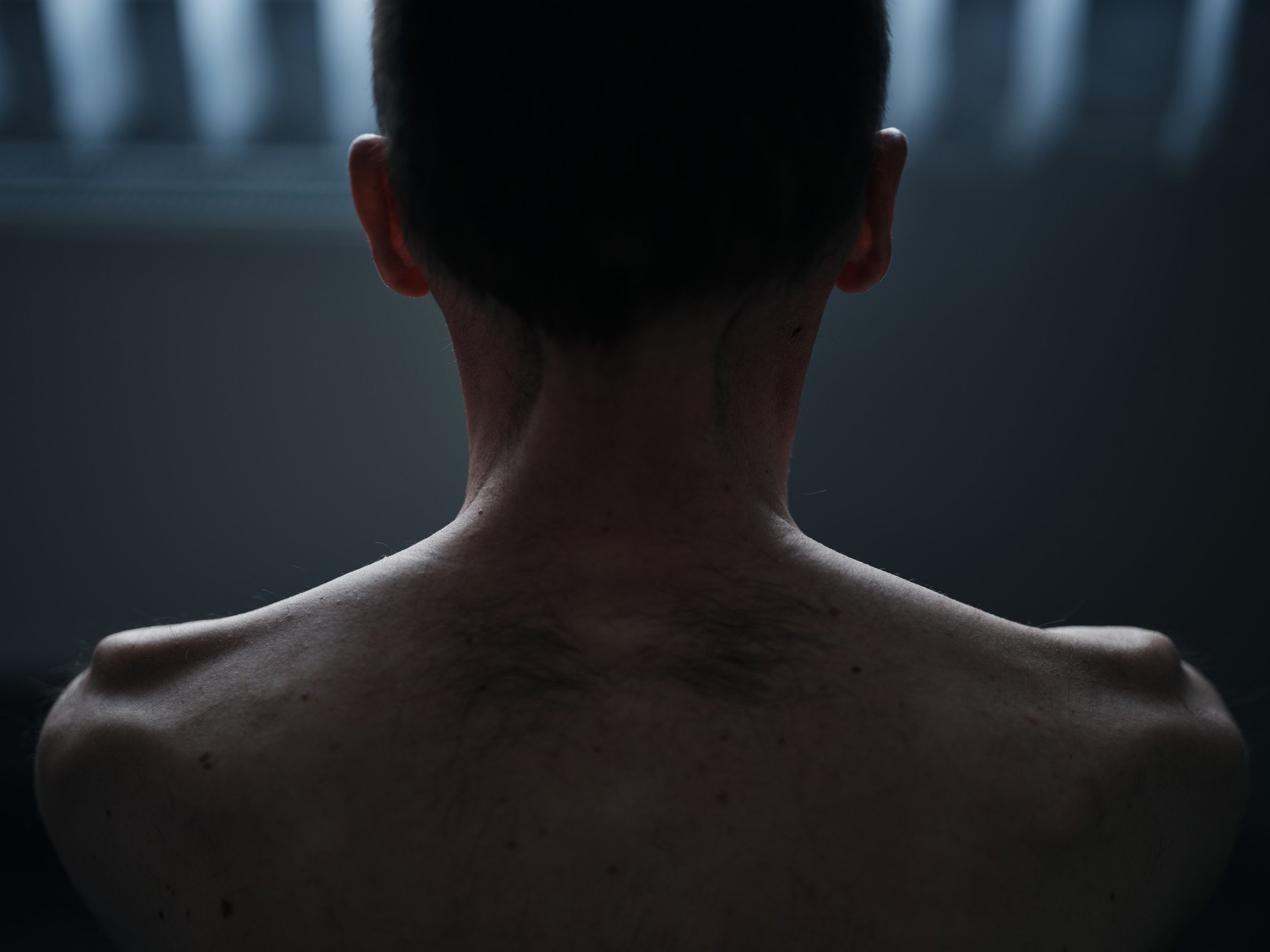
New photos by Kostiantyn and Vlada Liberov have sparked outcry across Ukraine and beyond. They show the bodies of Ukrainian prisoners who went through Russian captivity—with signs of heavy abuse and torture.
As of May 31, 2024 Ukraine and Russia have completed 51 prisoner exchanges bringing over 3,00 Ukrainian men and women home. The most recent exchange involved 75 soldiers and civilians, 19 of which were defenders of Snake Island, where these Ukrainian soldiers famously told a Russian warship to “go f*ck yourself.” Also included in this list was Roman, a security guard at the Chornobyl power plant who was taken captive in the early days of Russia’s full-scale invasion of Ukraine.
As the war rages on along the frontline, negotiations for POWs represent a different kind of battle, one that happens in offices and over telephones. The use of intermediaries is common, and countries like the United Arab Emirates have played a large role in brokering the exchanges. Whenever possible Ukraine is fighting to get its people back. "As a person who is constantly involved in these processes, I can confirm that Ukraine has never refused to exchange prisoners of war," said Dymtro Lubinets, Ukraine’s Human Rights Commissioner.
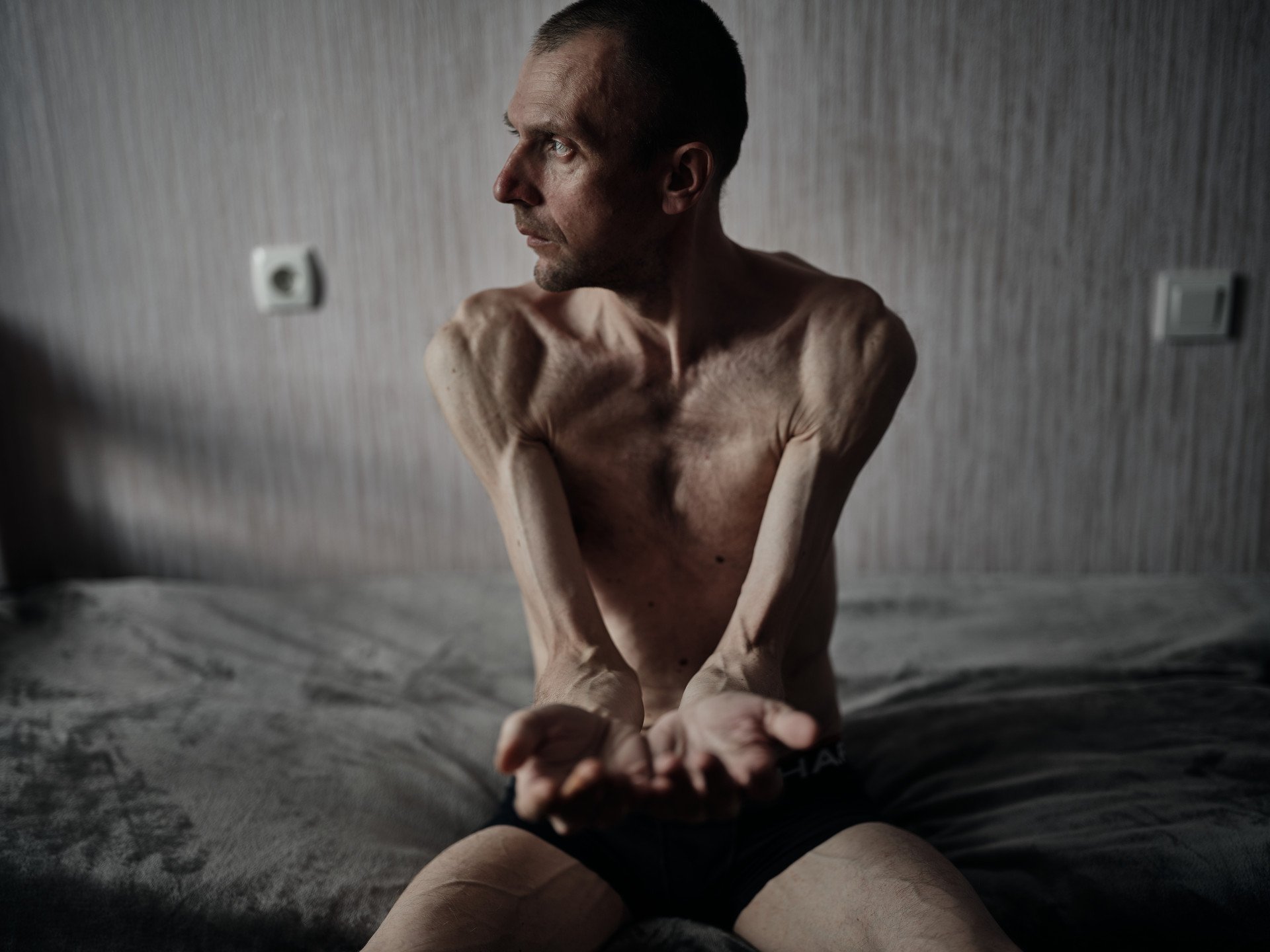
Upon arrival back to Ukraine, POWs like Roman undergo a thorough health screening. New photos released by award-winning photographers Kostiantyn and Vlada Liberov show Roman and his fellow prisoners in a Ukrainian rehabilitation center. Their bodies show signs of heavy abuse endured while under nearly two years of Russian captivity. The photographers say it was the most challenging shoot in the last six months.
Nearly all of the soldiers shown had lost over 50 kilograms while imprisoned, their collarbones and ribs now protruding from their once-healthy figures.
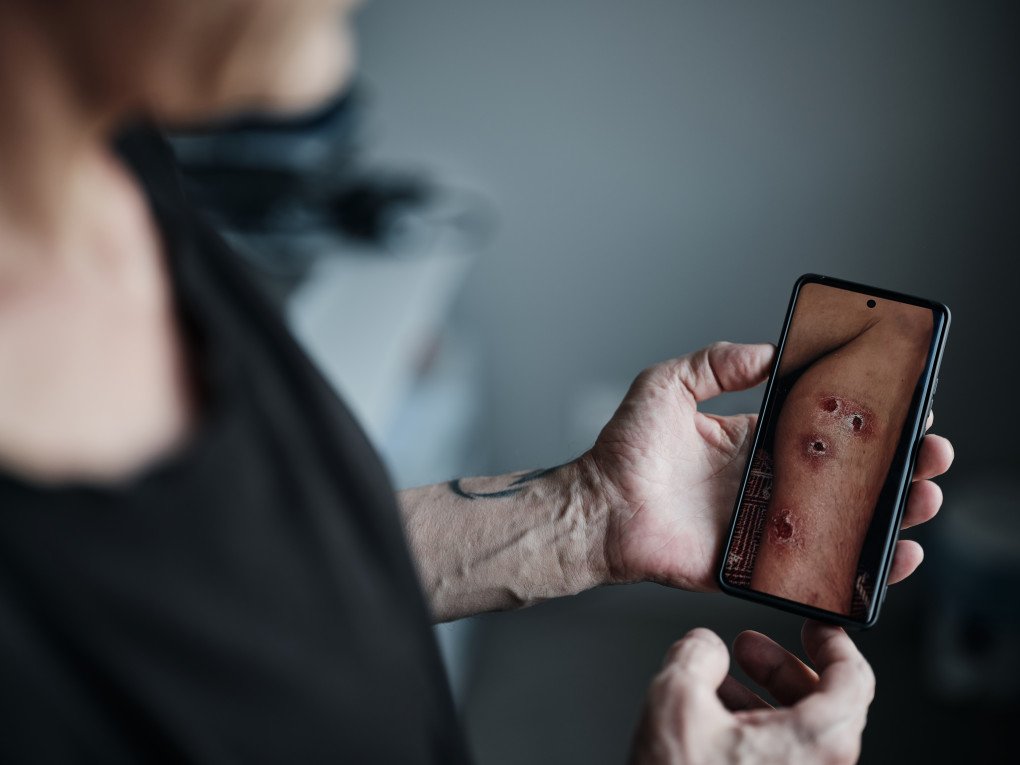
Cigarette burn marks can be seen on one of the man’s calves, while another man's legs are covered in lesions and what appears to be a rash. Their arms are laden with bruises, and their skin has taken on a grayish tint from months of confinement.
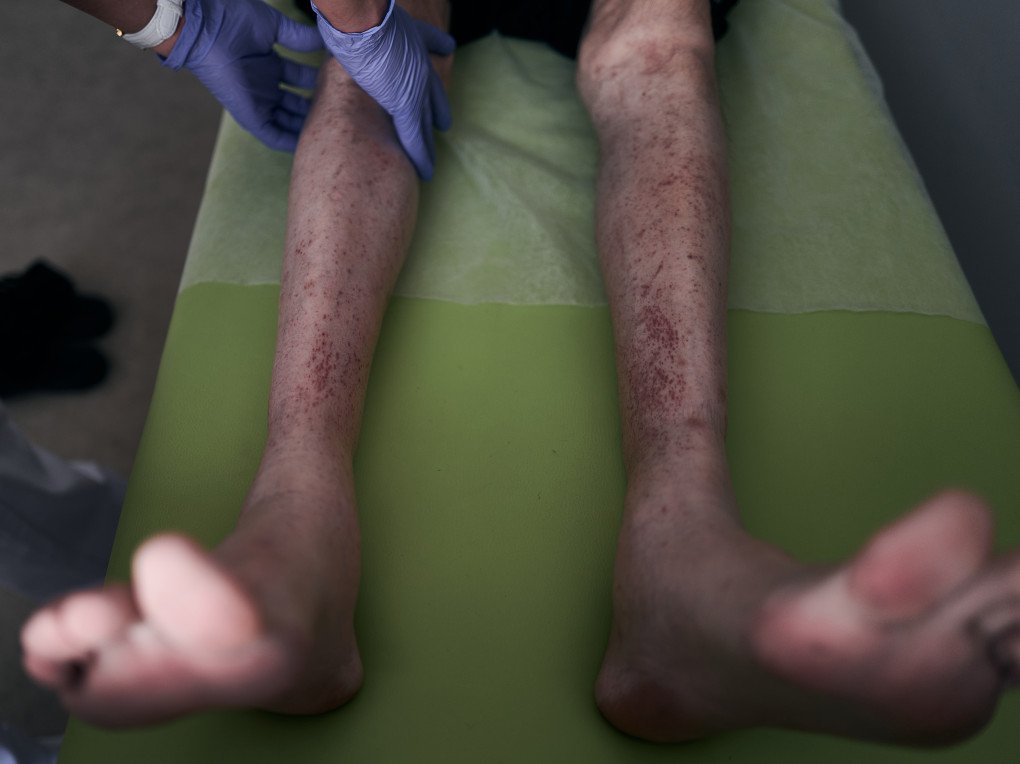
Two of the men hold photos of their former selves up to their faces for comparison. With sunken eyes and hollowed cheeks, the difference is unrecognizable. However, all of these men share one unmistakable feature: a glimmer of defiance in their eyes. “We must ensure that this never happens again to anyone else,” one of the men said.
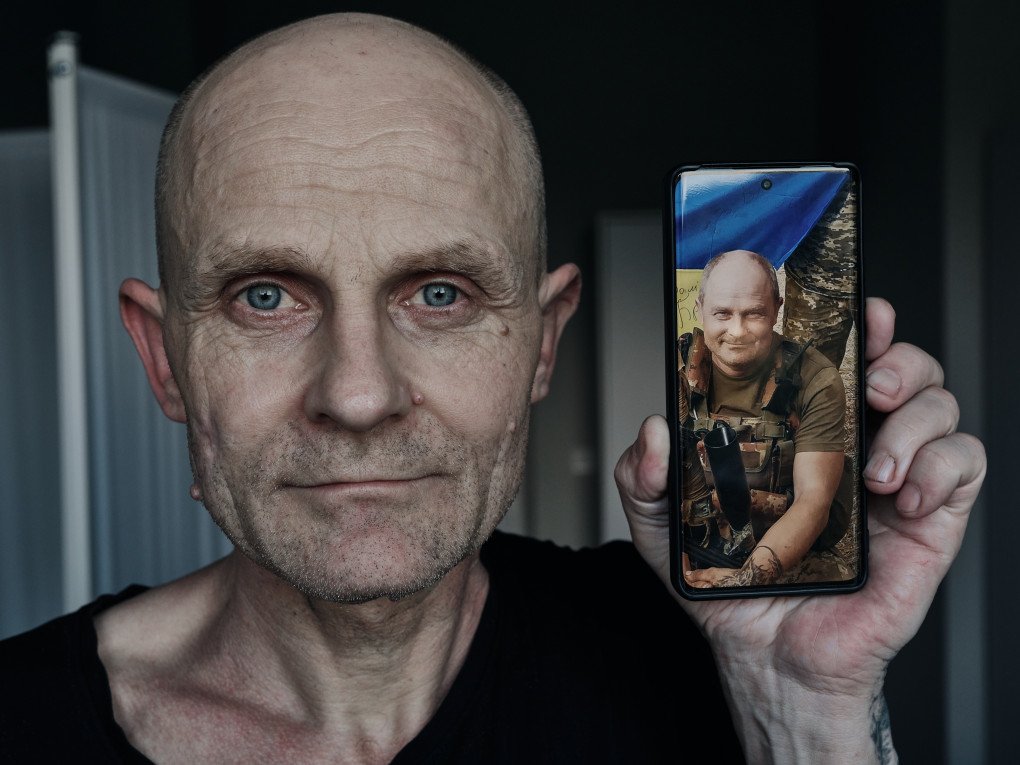
The images of these POWs have sparked outcry across Ukraine. This sentiment was echoed by the Headquarters for the Treatment of Prisoners of War, a Ukrainian government organization which said the photos “evoke(d) horror and associations with the darkest pages of human history—Nazi concentration death camps. ”
Kostiantyn and Vlada Liberov’s depictions of the POWs were shown this past weekend in Burkenstock, Switzerland, at the Summit on Peace for Ukraine, where over 90 countries came together to discuss the war. A resulting press release from the summit called for a ‘complete exchange’ of Ukrainian and Russian Prisoners of War as one of its three key objectives. The other two objectives demanded the security of Ukraine’s nuclear power plants, notably the Zaporizhzhia plant, as well as the protection of Ukraine’s grain exports.
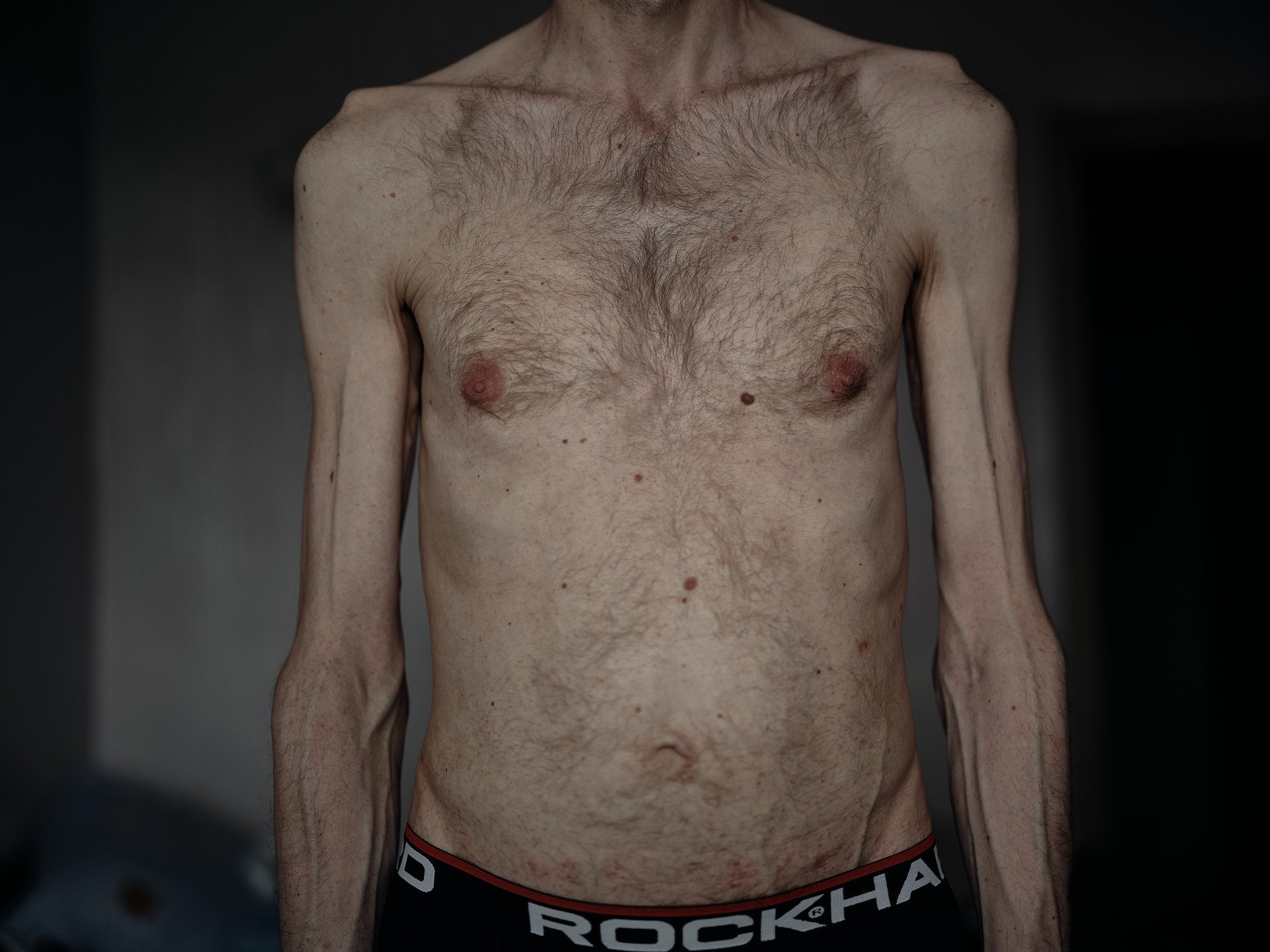
When faced with images like these, it is impossible for the world to look away. The goals outlined by the peace summit represent the priorities of countries across the world, and it is clear that the subject of Ukrainian POWs is at the forefront. Ukraine, along with the rest of the world, is asking for these men and women to be brought home.
-fca37bf6b0e73483220d55f0816978cf.jpeg)
-fe851b90d8a0ba797c376cd41cd6a9ac.png)
-605be766de04ba3d21b67fb76a76786a.jpg)
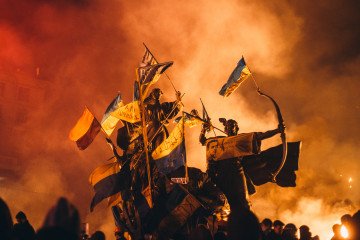
-24deccd511006ba79cfc4d798c6c2ef5.jpeg)
-531fe8d92c87f1630d3f1a2503c33089.png)

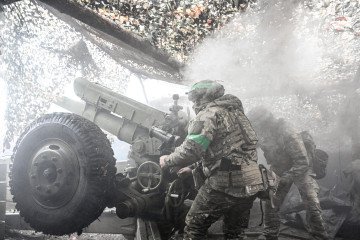
-29a1a43aba23f9bb779a1ac8b98d2121.jpeg)